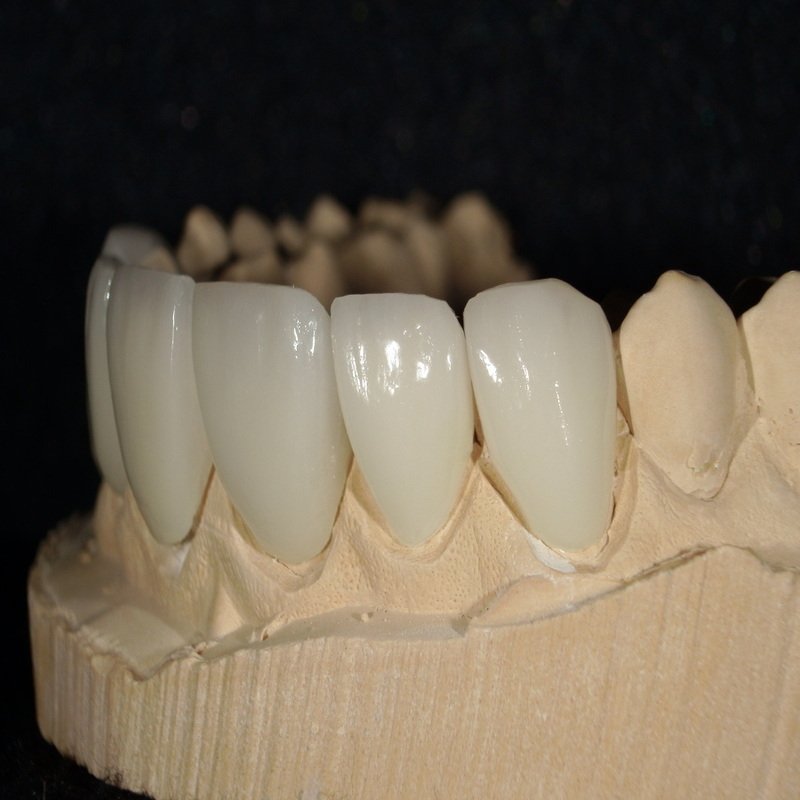Osteitis: The Condition That Grows Extra Bone Condensing
Osteitis is one of the dental conditions we can talk about this time. You’ve probably never heard of this, but it is possible that you or someone you know can develop it. While condensing osteitis is quite rare, it occasionally happens, even in people who take their oral health very seriously.
So, to help you understand, we’ve put together some helpful general information about this singular condition below to address some common questions, concerns, and treatment choices.
What is Condensing Osteitis?
Unlike other oral diseases that decrease your tooth and jaw mass, Condensing osteitis promotes bone growth. This extra bone density happens at the base of your tooth roots. While condensing osteitis is classified as an inflammatory disease, it reacts to an inflammatory trigger. It tends to happen when the pulp of your tooth gets infected or has chronic inflammation.
Condensing osteitis is uncommon in infection responses since it enhances bone production rather than destroys it, which is the more normal response to an inflammatory disease of this type. This condition is frequently asymptomatic and only produces tenderness and pain on rare occasions. Your dentist can discover and diagnose it based on the appearance of one of these on an X-ray.
Condensing osteitis is most usually associated with young adults. However, it can strike anyone at any age. The premolar/molar region of the mouth is where the majority of instances are usually discovered.

Causes of Condensing Osteitis
This condition comes from external factors. You can say it’s a chain reaction. For instance, your tooth can suffer from pulpitis, which will cause inflammation or infection, and that’s when condensing osteitis occurs.
Treatment of Condensing Osteitis
To treat it, first, you should visit the dentist to know if you have it. Once your dentist is certain you have condensing osteitis. Usually, the best course of action is to refer you to an endodontist.
Your tooth will be checked during your endodontic appointment. The endodontist will examine the area around your tooth and perform a test to determine the health of the pulp within it. Endodontists use a mix of four procedures to examine pulp:
- Cold-testing
- Hot-testing
- Electricity test
- Cavity examination
Your endodontist will recommend a mix of tests based on your symptoms. A cold or hot test, for example, will be used if there is no existing thermal pain or sensitivity in the area.
The electric test necessitates precise conditions and is not always feasible. Because it requires stimulation of the pulp without anesthesia, the cavity test is considered a last resort. This stimulation will cause discomfort in the vital pulp.
Suppose the tooth’s pulp has developed an irreparable level of pulpitis (a severe inflammation of the dental pulp). In that case, the tooth may be impossible to heal effectively and may need to be pulled.

How Serious Is Condensing Osteitis?
It may come as a surprise, but if the sclerotic tooth has no uncomfortable or painful symptoms and is benign, there is no need to treat it. It can stay put and normally work for long, sometimes for many years. However, you should get periodic radiographs of the tooth to monitor any changes that may arise over time and rectify them if necessary.
If you’re looking to get a check-up to get your dental health on track, don’t hesitate to contact us. We are professionals in dental tourism in Mexico, and we’re ready to help your smile be the best version it can be.


